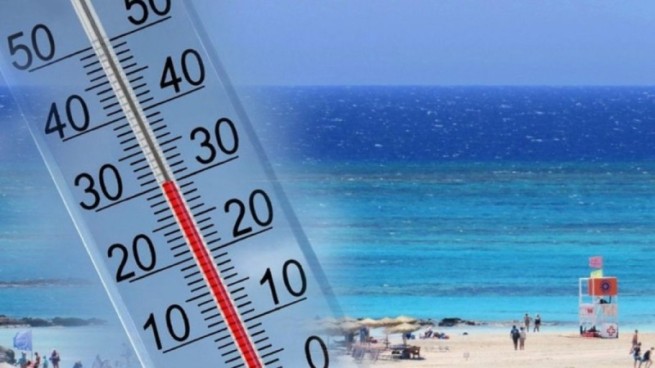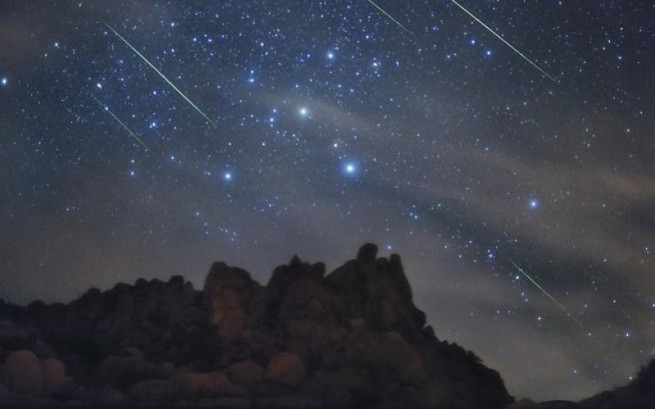The Lyrid meteor shower will last from April 14 to April 30, but there will only be a couple of nights when the meteor shower will reach its full strength.
“Shooting Stars” is one of the most spectacular night sky phenomena, despite their extremely short duration. Any astronomer, on one of the clear nights that he chooses for his astronomical research, will have the opportunity to admire at least two or three shooting stars.
However, there are nights when it is observed intense meteor shower activity. The most famous annual shower of shooting stars is the Perseids, which occurs in the summer and peaks on the night of August 12–13. But an equally impressive meteor shower is the Lyrids. They appear every year from April 14 to April 30 with a peak on the night of April 22.
According to scientists, the Lyrid shower originates from comet C/1861 G1 Thatcher. The name of the celestial body contains the year of its discovery and the name of the discoverer, who was an amateur astronomer from New York. And the meteor shower itself was first noticed back in 687 BC in China. This shooting star has one of the oldest recorded histories, but how is it connected to its parent body?
Meteors are small fragments that are left behind when a comet breaks apart. They consist of dirty ice: this is what astronomers call it because of the inclusions of solid fragments. “Comets fly up to the Sun <...> and intense evaporation of ice begins. Ice is not necessarily water, it can be made from frozen gases: titanium, ammonia and others,” the scientists explain.
When the ice evaporates, a coma forms around the nucleus – the cloud near the comet that we see from Earth. Typically, a celestial body develops two tails: one from gas evaporation, and the second from solid particles that continue to move along the orbit of the comet itself. But sooner or later comets evaporate, and then particles remain in orbit. Sometimes their size reaches hundreds of meters, although from an astronomical point of view they are still considered small.
From Earth, meteorites appear to come from a single location in the sky, which astronomers call the radiant. The Lyrids got their name in honor of the constellation Lyra, in which the imaginary point “emitting” shooting stars is located, the astrophysicist added.







More Stories
Weather forecast: air temperature approached +30°C
Flamingos appeared on the beaches of Vouliagmeni and Artemis
A 3.5 meter long shark was spotted in the port of Volos